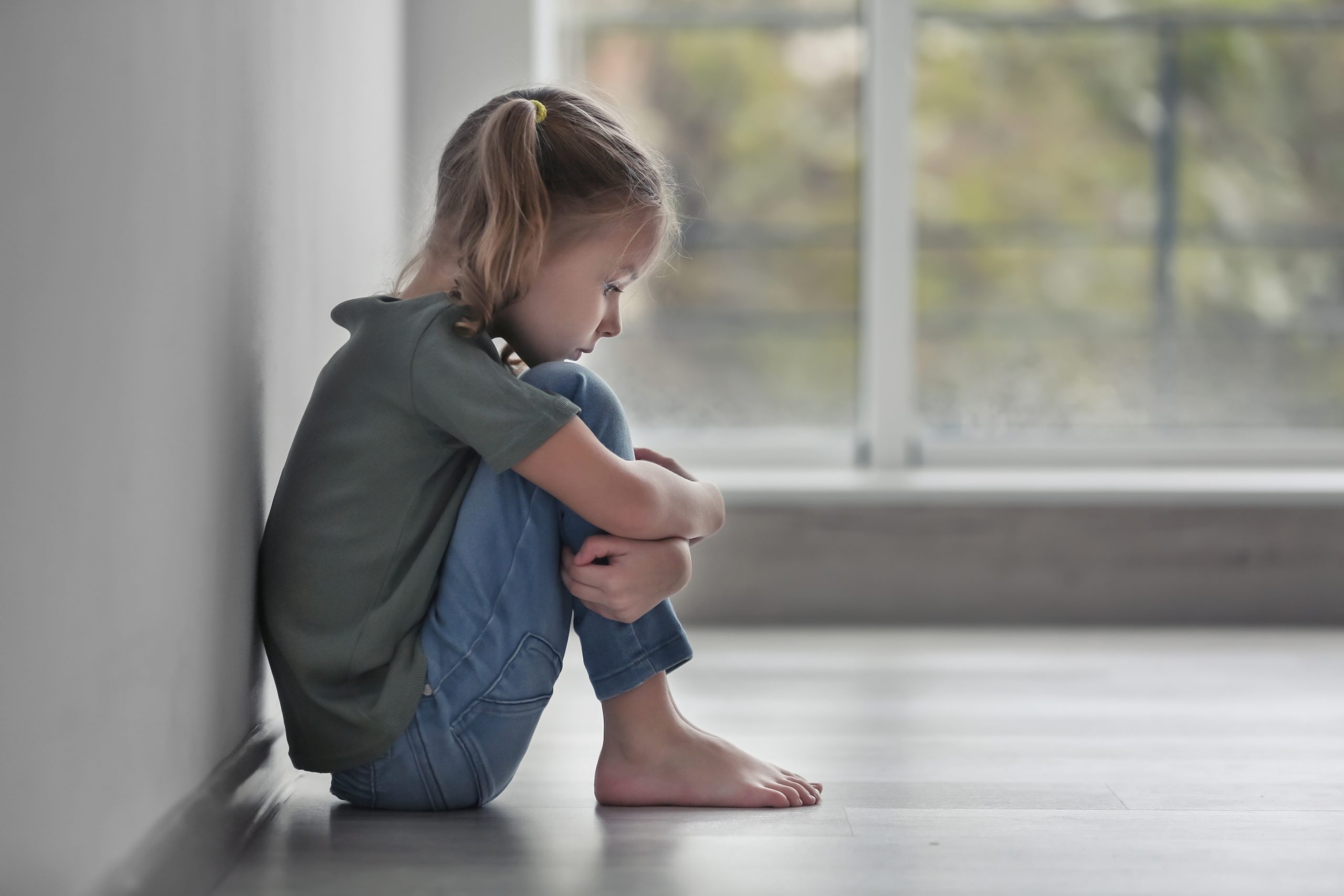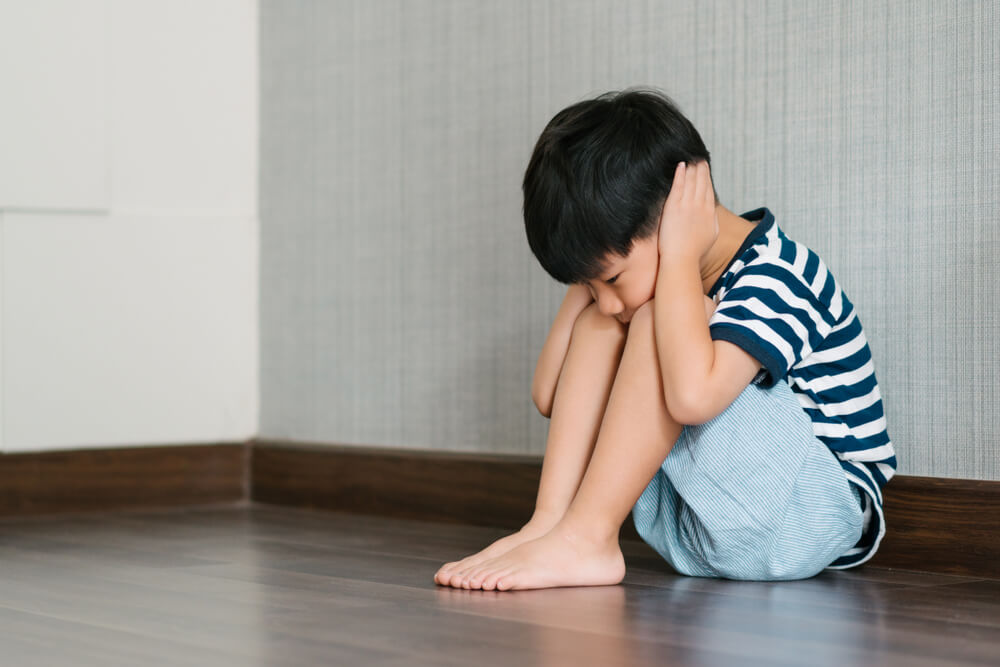Developmental trauma, or childhood trauma, can have a lasting effect on children, affecting their physical, emotional, and social development. As education professionals, it is crucial to understand the impact of trauma on students and how it can affect their academic success. This article will explore childhood trauma, its effects, and the importance of recognising developmental trauma in schools.
What is developmental trauma?

Developmental trauma is the result of a child or young person appearing completely invisible to others (or feeling so), after years of being neglected, mistreated, or another form of physical or psychological abuse. Trauma can be very complex and caused by many different experiences, many of which are difficult to define or talk about. In some cases, it might be caused by neglect, or triggered by the death of a parent/carer, or a consequence of a messy and upsetting divorce.
Many children remain in a constant state of fear or fright each day of their lives just to survive trauma experiences, even when they are in a new and safe environment. For this reason, developmental trauma in schools is an obstacle for teachers, with children left with little room for processing information, building friendships, or empathising with others around them.
The sad reality for children is that if they have experienced some form of trauma in their lives, they will often have less capacity for learning. However, as we'll see in this article, that needn't be the end of the story.
Who is affected by childhood trauma?
Childhood trauma affects different people in different ways, but it can be found across all demographics and backgrounds. It is not the responsibility of adults to determine what is traumatic for a child, it is entirely their experience and interpretation of events. While physical, emotional and sexual abuse are all common causes of trauma, they are not the only benchmarks. Children whose parents have gone through a divorce or are experiencing financial hardship at home, for example, can potentially be traumatised by the experience. At its foundation, childhood trauma is generally an unpleasant experience that has had a detrimental impact on a child’s well-being and happiness. The outcome is that the child can withdraw, feel alone and develop unhealthy coping mechanisms to deal with their inner turmoil. All these behaviours will be most evident at school. The impact of childhood trauma can last for years – often into adulthood. It affects an individual's physical and mental health as they mature. It’s essential, therefore, that teachers recognise the early warning signs of trauma in the children that they teach, so they can provide the necessary support mechanisms to help them cope.
The impact of developmental trauma in schools
Children who experience trauma can have difficulty dealing with their emotions. This can lead to issues with concentration, memory, and learning. Many struggle to build (and maintain) friendships too. This often leads to feelings of isolation and disconnection with life and school. These effects can lead to academic struggles, missed opportunities, and a reduced chance of success in later life. Below, we share some of the ways that developmental trauma in schools can present and the challenges these children face atop their already heavy mental load.
Sensory Development
Sensory development is a critical aspect of early childhood development. Young children rely on their early sensory experiences to understand the world that they are living in since they don’t have the language skills to fully express themselves. A child who has been through a traumatic experience may have difficulties processing sensory information, as their brain remains in ‘fear’ mode, making them extra sensitive to signs of potential danger and harm. This means they struggle to filter out what’s happening around them. Subsequently, they miss learning opportunities. It is essential for teachers and educators to be aware of the impact of trauma on sensory development and to find ways of engaging children in sensory activities. This may take a specific learning approach/copy strategy for that child.
Dissociation
Detachment is a crucial survival technique for us all that is often overlooked in traumatised children. It is our body’s natural response to escape a traumatic situation when it becomes too much for it to take. Detachment or dissociation occurs when children are faced with danger or fear. It is a separation (or disconnection) between thoughts, feelings, and behaviours and between the mind and body. While unhelpful on an ongoing basis, dissociation is a protection mechanism that has helped that child survive frightening experiences. It’s also normal for traumatised children to display challenging behaviours or to experience physical symptoms without any obvious anxiety. These parts of the child's trauma experiences are connected, but detachment/dissociation allows them to survive by becoming unaware of the connections.
Attachment Development
Humans are hardwired for connection. Even as babies, children develop various attachment strategies to keep their parents or carers close. And, even if those parents pose a threat to their personal safety, that attachment style is altered. Young children who start life in a frightening or neglectful environment learn that certain behaviours can increase or decrease the risk of danger.
Traumatised children tend to fall into three categories. They are either (1) avoidant, (2) ambivalent or (3) disorganised.
‘Avoidant’ children learn that their feelings and needs can lead to danger – so they don’t bother. On the other hand, ‘ambivalent’ children learn that showing their feelings or having challenging behaviour is the way to get noticed!
Emotional Regulation
Emotional regulation is an important skill that children develop in their early years. Children at ten should be able to recognise when they are experiencing an emotion and then be able to identify, express, and manage it! Smaller children, however, can’t control their emotions independently, so they rely on their parents or carers for guidance. If a parent responds to their emotions in a negative or threatening way, the child learns that behaviour is acceptable.
Developing appropriate control skills is crucial for a child’s mental health and well-being as they grow so they can take on the challenges of school and life ahead.
Behavioural Dysregulation
Learning to control challenging behaviours is a crucial aspect of a child's development. The 'window of tolerance' is one's tolerable physical/emotional state. For traumatised children, the window is much smaller than ordinary. Everyday things can push them over the edge. Their mood can change from moderate to out of control in minutes and is often triggered by something that they find difficult to manage or accept.
All trauma experiences stem from a sense of having no control over a situation. Traumatised children often become experts at regaining that control through the use of controlling behaviours themselves. This can be challenging for teachers and adults as a child may raise their voice, become physical, ignore instructions or hold their hands over their ears.
Helping traumatised children regulate their behaviour requires lots of patience and understanding. Much of the work is in supporting them to regain a sense of perspective/control over their emotions.
Cognition
Cognitive development is an essential part of a child's development, and it’s often affected by early childhood trauma. Severely traumatised children often lose control of their cognitive skills, with difficulty planning, problem-solving and organising themselves. When developmental trauma presents itself in schools, it can be seen in basic issues like not completing work, missing deadlines, or failing to find logical answers to simple questions.
These skills are underdeveloped because they tend to use up all their energy (and emotions) trying to stay safe and figure out whether an adult or friend can be trusted - or not. While some traumatised children may appear bright academically, they often struggle with any form of emotional intimacy or self-expression.
Self Identity
It’s extremely sad that traumatised children often develop a negative view of themselves fuelled by a feeling of being unwanted and unworthy of their parent’s protection. This becomes how they see themselves and how they think other people see them.
Even when a child is loved and reassured, the trauma they have been through can make them untrusting and fearful. This can leave them feeling confused and lost. Traumatised children with a poor sense of identity struggle to know their preferences, likes, dislikes, and what they want for their future. This lack of understanding and insight can hugely impact their ability to form relationships and lead a normal, healthy life.

Supporting students with trauma
Recognising the signs of developmental trauma in schools is the first step to helping your students. Teachers who create a safe and supportive space in their classroom are best able to support students who are suffering. They should be aware of the triggers that can cause a student to become dysregulated and work to create an environment that promotes emotional regulation, self-awareness, and self-regulation. As soon as any form of behaviour change is apparent, specific interventions and support should begin.
Providing lots of opportunities for students to connect with their peers and other adults can also help build positive relationships with others around them. This should promote greater social and emotional security in the classroom and around school. Designing a support package is also important. Providing tools, people and systems that can help children cope when they feel unable to process what is happening. Where possible, teachers should aim to give realistic, simple and understandable responses to a child’s questions about a traumatic event. By doing this, you will avoid any misunderstanding or misinterpretation.
TeachHQ will be providing Childhood Trauma CPD courses as part of our work to equip teachers with the skills and information they need to excel. Be sure to check out our available courses.

